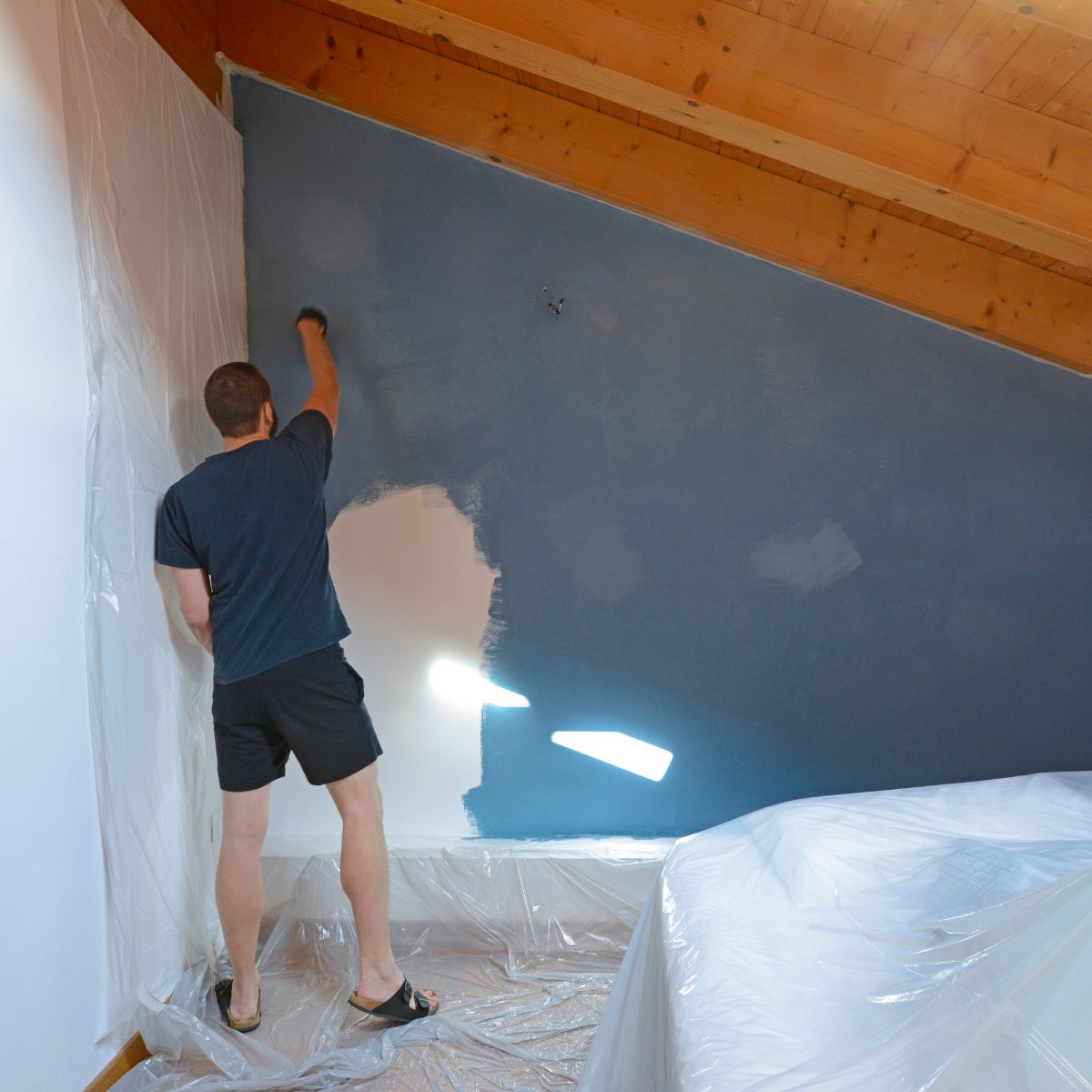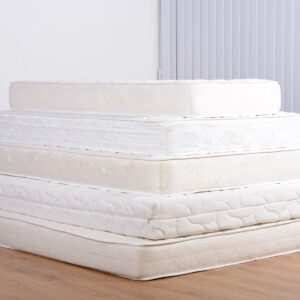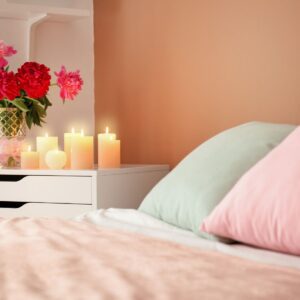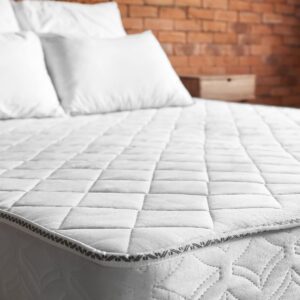A freshly painted room not only offers a visually refreshing ambiance but also signifies a well-maintained indoor environment. However, it is vital to address a key concern: Is sleeping in a freshly painted room safe?
Is it safe to sleep in a freshly painted room? We explore the factors and safety of inhabiting a room right after it's been painted.

Read Next
Potential Hazards of Fresh Paint
It is important to acknowledge that the safety of sleeping in a freshly painted room hinges significantly on the type of paint used. Traditional oil-based paints and some latex paints contain volatile organic compounds (VOCs) that can evaporate into the air, a process known as off-gassing.
These VOCs can lead to various health effects such as headaches, dizziness, eye, nose, and throat irritation, and, in some extreme cases, damage to the liver, kidney, and central nervous system. Prolonged exposure to VOCs, especially in a poorly ventilated space, might increase these risks.
Conversely, low-VOC or no-VOC paints are designed to minimize these health hazards. These alternatives have seen an increase in popularity due to their eco-friendliness and less potent fumes. Nonetheless, even these safer variants may still produce some level of fumes that could trigger allergic reactions or mild discomfort, especially among individuals with existing respiratory conditions.
Factors Affecting Safety
Several factors can influence whether it's safe to sleep in a freshly painted room:
- Type of Paint: As mentioned earlier, the VOC content in paint substantially impacts its safety level. Low-VOC and no-VOC paints are less harmful than traditional paints but should still be used with caution.
- Ventilation: Good ventilation can drastically reduce the concentration of VOCs in the air, making it safer to inhabit a freshly painted room. Opening windows, using exhaust fans, or employing air purifiers can expedite the dissipation of paint fumes.
- Time: VOCs off-gas most intensely within the first few hours to days after painting. The general recommendation is to avoid occupying a freshly painted room for at least 24-48 hours after the paint has dried.
- Individual Sensitivity: People with allergies, asthma, and other respiratory conditions, as well as children, elderly people, and pregnant women, are more susceptible to the harmful effects of VOCs and should avoid freshly painted rooms for a more extended period.
Mitigation Strategies
Here are some strategies to minimize potential risks if you have to sleep in a freshly painted room:
- Use Safer Paints: Opt for low-VOC or no-VOC paints whenever possible. These paints not only contribute to a healthier indoor air quality but also minimize the potential health risks associated with traditional paints.
- Proper Ventilation: Ensure the room is well-ventilated during and after painting. Open windows, use fans or utilize air purifiers to facilitate the swift exit of paint fumes.
- Prolonged Drying Time: If possible, wait for at least 48-72 hours before sleeping in a freshly painted room. This time frame allows most of the VOCs to off-gas, thereby minimizing potential exposure.
- Wear Protective Gear: If you must enter or sleep in a freshly painted room, consider wearing a mask designed to filter VOCs, particularly if the room is not adequately ventilated.
Conclusion
In summary, the safety of sleeping in a freshly painted room significantly depends on the type of paint used, the level of ventilation, and the time that has elapsed since painting. While low-VOC and no-VOC paints are safer alternatives, they may still pose a risk for sensitive individuals. Therefore, it is advisable to ensure adequate ventilation and allow enough time for off-gassing before sleeping in a freshly painted room.
In addition, individuals with respiratory issues or allergies, children, the elderly, and pregnant women should take extra precautions to avoid exposure to fresh paint fumes. Always consult with a healthcare provider if you have concerns about the potential health risks of paint fumes.
In conclusion, it's best to err on the side of caution when considering sleeping in a freshly painted room. Safety comes first, and taking the appropriate measures can ensure that potential health risks do not overshadow the joy of a freshly painted room.





Comments
No Comments